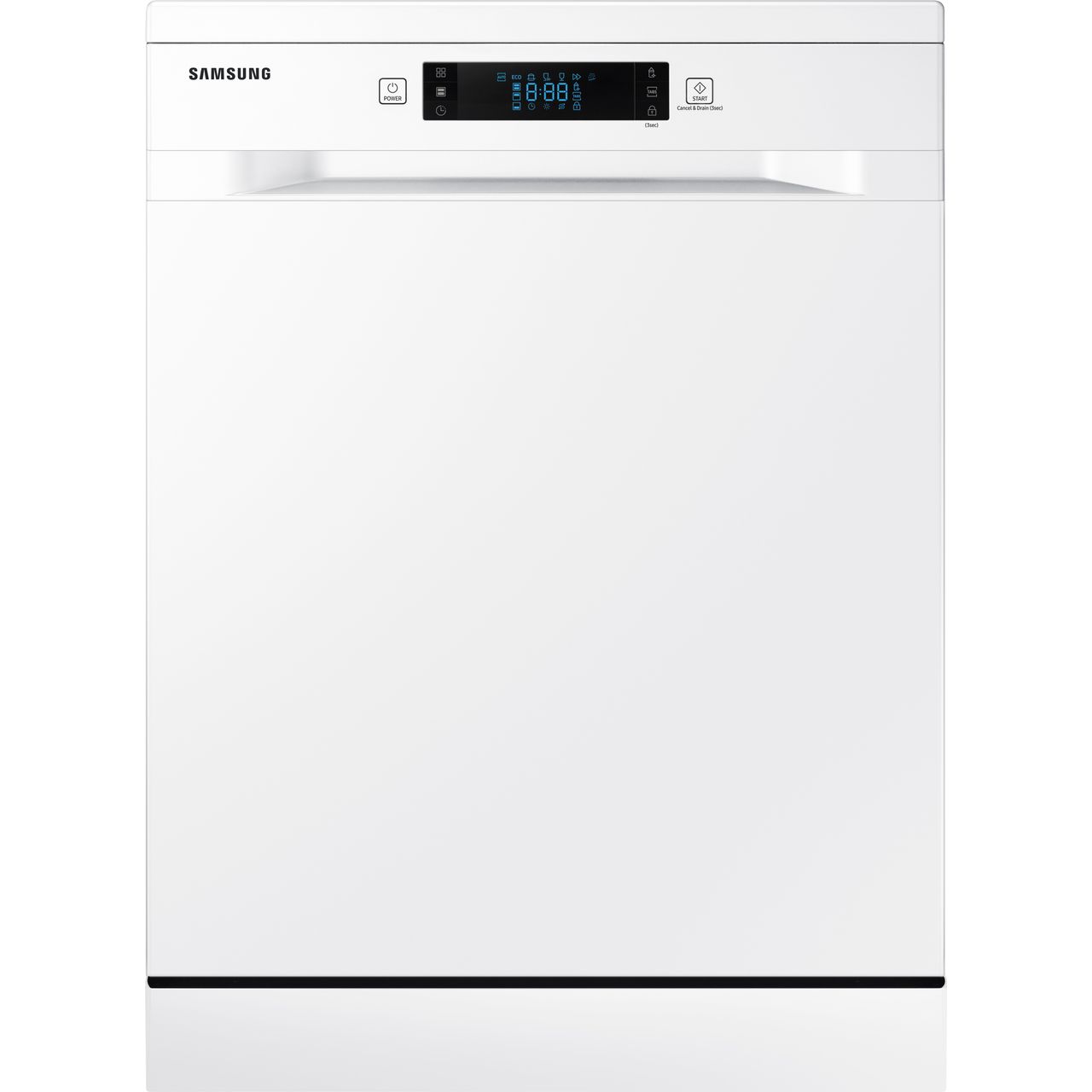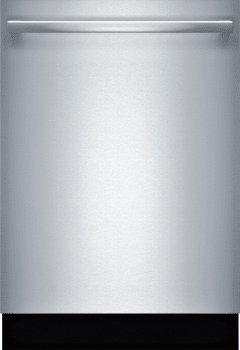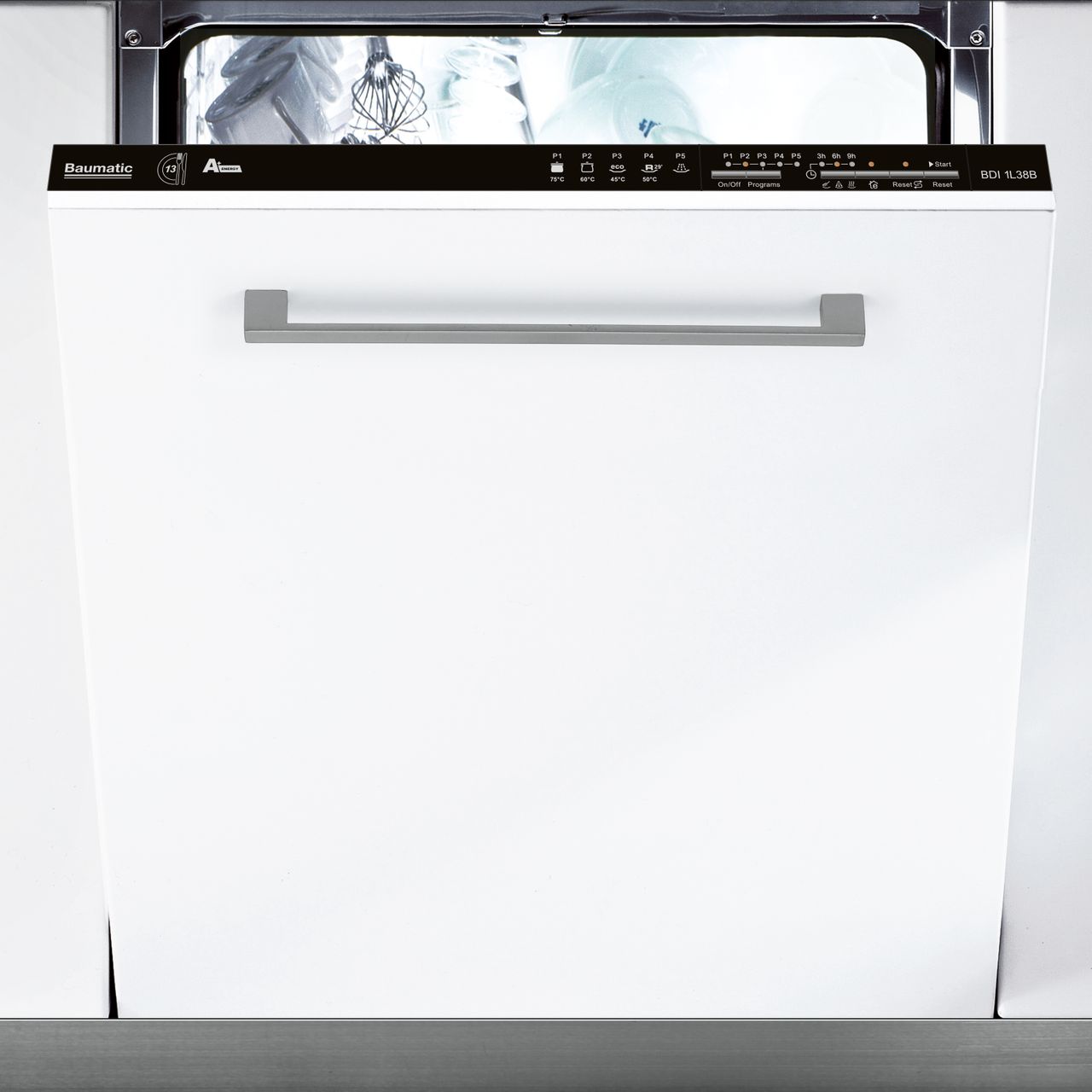Hisense HV661D60UK Fully Integrated Standard Dishwasher – Black Control Panel with Fixed Door Fixing Kit
16 place settings – great for large households. 15 minute quick wash – great if you’re in a hurry. Eco programme helps to saves energy, water and money.
For sparkling plates and gleaming tumblers, look no further than this Hisense dishwasher. Because it can hold 16 place settings at once, it’ll make the perfect addition to any large household. If you need clean cutlery fast, just flick on the quick wash and it’ll have them spotless again in just 15 minutes. Or, if you’re striving to be more green, the eco programme is a great start. It uses cooler temperatures and less energy to clean pots, making it a lot more efficient. And when the wash cycle has finished, the door will automatically open by up to 10cm to let in a natural flow of air, for more hygienic drying.
- 16 place settings – great for large households
- 15 minute quick wash – great if you’re in a hurry
- Eco programme helps to saves energy, water and money
- Door opens at end of the cycle for natural air drying
- Dimensions (cm) – H81.7 x W59.6 x D55.6
Additional information
| Dimensions | (H)81.7 x (W)59.6 x (D)55.6 |
|---|---|
| Manufacturer Warranty | 2 Year |






by Bucks
Really happy with our new dish washer, just perfect. The cutlery tray is so much better than the small cutlery holder in our old machine and the door opens when the cycle has finished.
by Kennedy
Easy to use with loads of functions. Also great design. Wife absolutely loves it as well. Also, can’t fault AO’s delivery, installation and recycling service.
by Simon
Quick and easy service, pleased with Hisense dishwasher.
by Margaret
Good dishwasher. Easy to install and quiet when it’s running. Found it a bit of a hassle having the cutlet shelf at first but now love it and it frees up room for more plates etc.
by Hassan
Good size dishwasher take big dinner plates and pots easily , very good cleaning and auto door open feature is good
by Sean
Yeah dishwasher, even on the 15min quick wash the dishes come out sparkling! Nice and quiet and love the feature where the door opens after it finishes the cycle to allow it to dry faster! Delighted!